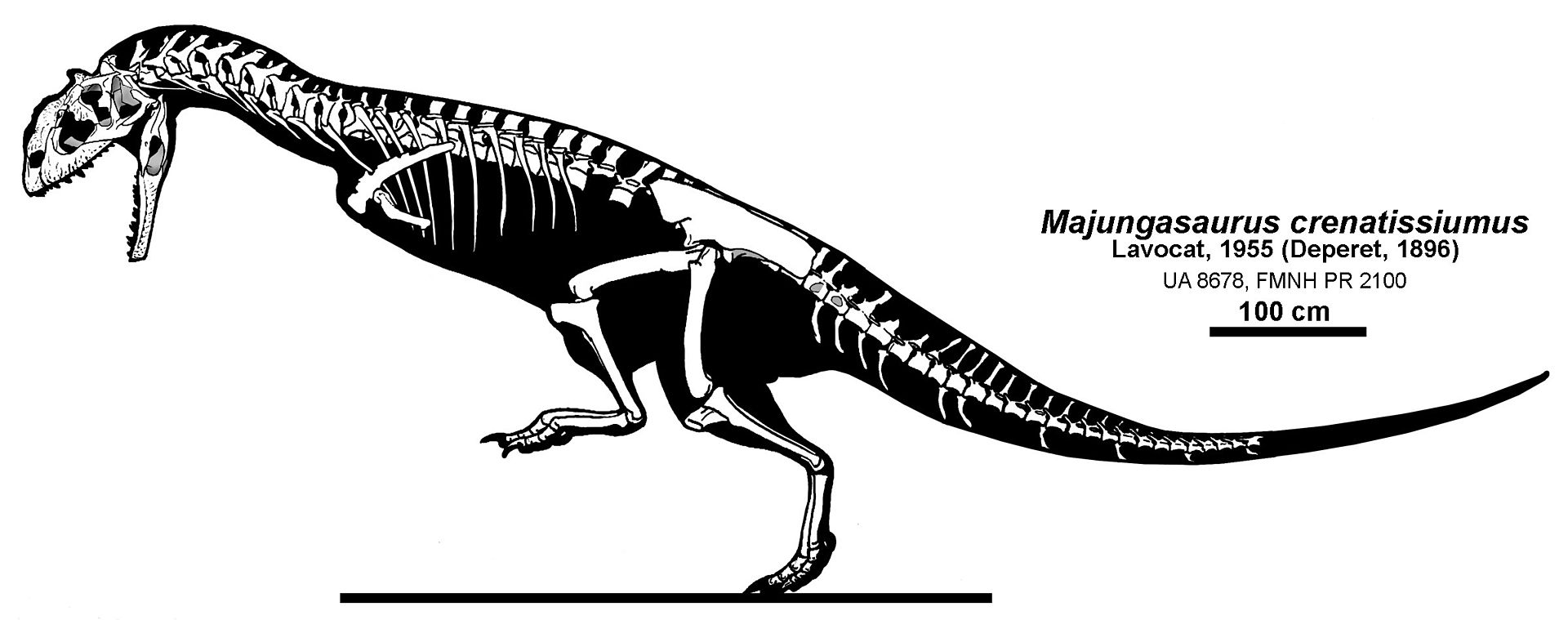Beyond imagining the subjective world of animals and plants (and fungi, and protista, and monera), how else does Scott Sampson suggest schools can help kids understand ecosystems? That is, how can we help kids grok that everything is connected to everything — in fact, not just connected, but interwoven? Three things, Sampson suggests: place-based learning, food science, and green schools.
I'm elated to say that our new kind of school has already been exploring curriculum that supports at least two of these (makes me feel pretty darned cool, actually!), so I'll sketch these out a bit more briefly than I have been, and give links to our signature curricula.
Crucially, each of these gives kids repeated experiences with the natural world — encounters over weeks, months, and years that allow children to gradually develop a complex, rich, and nuanced understanding of the world. (I've written about the necessity of such an approach in The secret to boiling an egg — and mastering everything else!)
Place-based learning
Place-based learning is a tried-and-true approach to school that privileges local environments. Instead of only reading books about the rain forest, for example, educators who fancy place-based learning take their kids outside. Local people and communities can play a role, too.
The point isn't just to observe the outside world, but to integrate it with what's being learned in the classroom.
I've seen nature place-based learning brought to its zenith by the Corbett Charter School, the Portland-area K-12 grounded in Imaginative Education and led by Bob Dunton until 2014.
The school was located near the Columbia River Gorge, and the whole school made a magical, three-year study of it, focusing (in sequential years) on the biology, geology, and human history of the area.
By the time the grade schoolers finished their three-year cycle, they understood not only more about the Gorge, but about all of geology, biology, and human history than I suspect I did in high school!
Food science
Food is nature. When we forget that, we become a little more alienated from the world around us.
And we ourselves are food! Every cell of us has been assembled out of what we've put into our mouths. As Sampson writes,
You're not merely connected to nature through the web of life. You're interwoven with it.
Paying attention to food, then, can be a route into deep understanding of science. Delightfully, there's lately been a crusade to bring food science into the classroom — the farm-to-school movement, like the Edible Schoolyard Project. Sampson points out that gardens are micro-ecosystems themselves, and lauds schools who have created gardens to grow food kids can eat:
Gardens are almost magical in their capacity to lift the curtain on our alienation from nature.
I haven't written about it here, but I'm proud to note that our first school — the Island Academy of Hilton Head — has been creating their own garden.
Our schools, though, are going even further than this. As regular readers know, we're taking on the radical project of having kids daily make lunch together — something I've summarized here, and have explored the grade-school practice of here.
Green schools
Sampson dreams:
What if schoolyards were transformed even further, into ecologically diverse landscapes? We all have a pretty good idea of traditional schoolyards: mostly asphalt with some dirt or grassy fields and maybe a few trees and shrubs.... Now imagine these old-style school grounds... replaced by a diversity of greenery, including plenty of native trees and bushes. Rain captured in downsprouts flows onto the grounds, nurturing the plants. Children welcome migrating birds in spring with nesting boxes and frolic in the autumn leaves amidst lengthening shadows. In addition to a vegetable garden, there's a butterfly garden, another just for hummingbirds, and even habitat for bees, which produce delicious honey.
I have little to say about this right now, except: oh, oh yes.
Let's do this.
We can reboot schooling and make it wonderful — and learning from special places, growing food and cooking it together, and re-wilding the school grounds are perfect places to begin.







